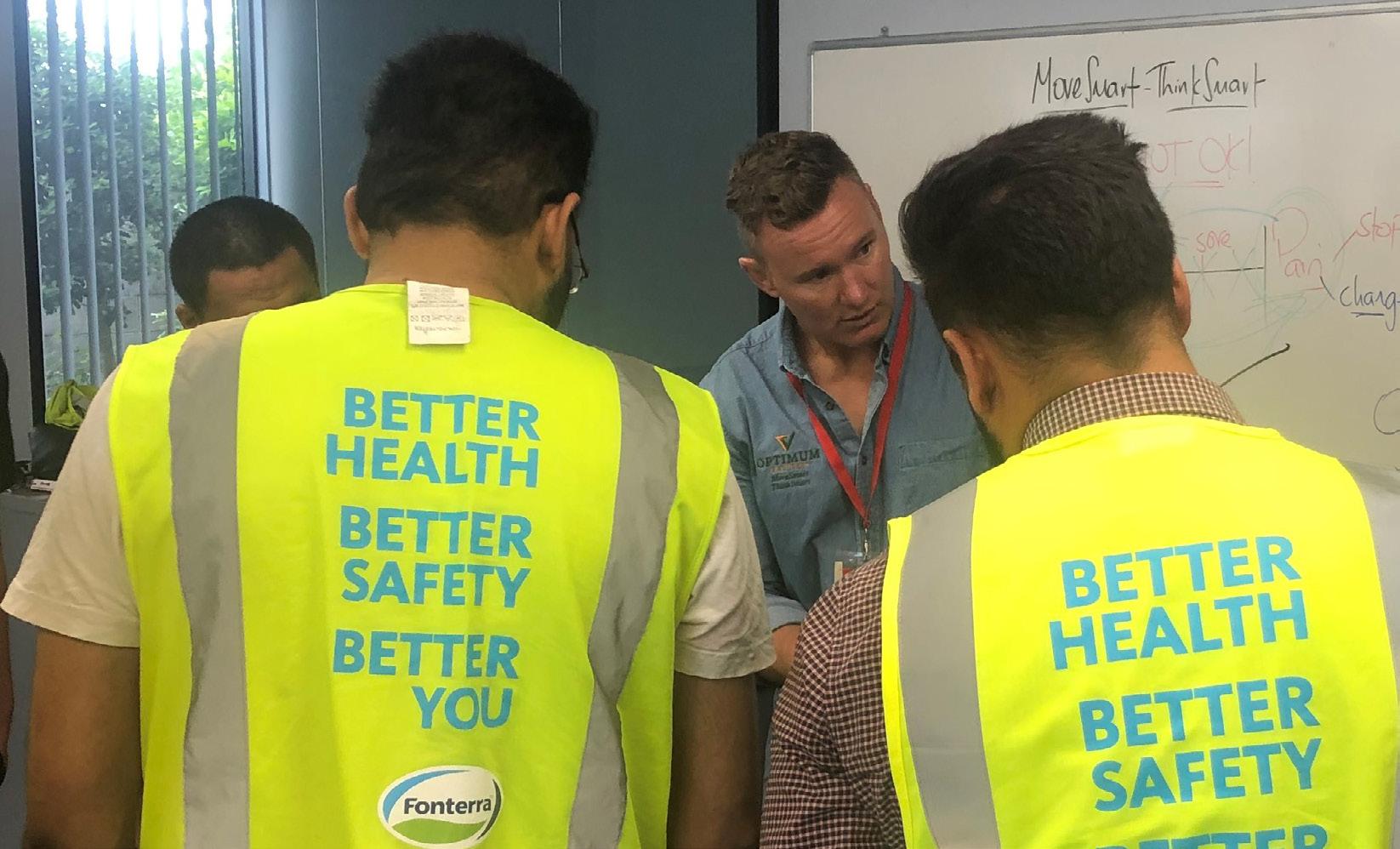April - May 2021 regarding bullying and harassment at work as part of their duty of good faith and to provide a safe workplace. When a concern or complaint is raised, the response taken should be impartial, fair to all parties, guided by the rules of natural justice, and take into account the nature of the issue and wishes of the person who raised it.
MANAGEMENT
Procedural error and good faith Businesses tell MBIE they understand the importance of working through the ‘good faith steps’, but find
the requirements difficult to understand and are aware that if they make a procedural error it may become grounds for a personal grievance. MBIE mentions concerns from employees that rather than a focus on resolution, the issue is often responded to as a legal matter, with investigations focussed on protecting the business. Employees are also concerned around the quality and impartiality of independent/private investigators. If the business does not appropriately respond to an issue raised about bullying
or harassment at work, many workers will simply change jobs. However, if they wish to seek a further response, there are various options a person may take. Often workers are referred to the employment relations system. This system includes the following stages for escalating an issue. Mediation The focus of mediation is to help the parties resolve the problem. It is voluntary, impartial and confidential. Mediation services are available to anyone in a work related relationship
including contractors. The papers reports concerns regarding access delays, the impact and qualification of external representatives, parties feeling pressured into accepting settlement agreements, and the use of non-disclosure clauses in settlement agreements. A common concern was that mediation services are not currently seen as providing low-level resolution services, but viewed as a formal and adversarial process, generally involving lawyers, and focused on negotiating settlements.
Good practice and sound responses Good practice suggests that there needs to be a strong focus on both preventing bullying and harassment from happening in the workplace in the first place and in developing effective systems to respond to incidents that occur. A focus on prevention alone isn’t going to prevent all instances of bullying and harassment in the workplace. Having a good practice for responding to issues is also vital. Good practice for prevention
Good practice for responding
• Provides clear leadership in the health and safety system for the prevention of harm from psychosocial risks • Provides clear evidence-based guidance on how to prevent bullying and harassment • A whole-of-government approach to addressing psychosocial risks at work
• Shaped to allow for and encourage early intervention and early resolution to problems • Fit-for-purpose enforcement tools in place and used • Process and options are clearly defined and widely understood
• A healthy and respectful workplace culture where bullying and harassment is not tolerated • Capable management – in particular, managers and human resources being brained to spot problematic behaviour, and deal with it, early • Strong leadership – role modelling positive behaviours and setting the ‘tone from the top’ • Diversity and inclusion built into businesses • Proper resourcing levels and support, including appropriate staffing levels and clearly defined roles
• Evidence-based policies and procedures in place to manage bullying and harassment • Managers and human resources are appropriately trained to use these policies • Ensuring all staff are aware of the policies and procedures and what to do if they experience or witness bullying • Enough flexibility in response options to appropriately deal with different circumstances or kinds of harassment • Provide support to individuals who are experiencing bullying and harassment or have been accused of bullying and harassment • Processes in place to spot bullying or harassment
• Can identify bullying behaviour and distinguish between bullying and appropriate behaviour (eg, reasonable management action can sometimes be seen as bullying) Individuals • Know how and when it is appropriate to respond to low-level incidents (as victim and as bystander), and have the confidence and support of their organisation to do so
• Awareness of policies and procedures, and where to go for information and support • Effective bystander behaviour (‘active bystanding’ includes report, call out, check in and defuse steps)
System
Business
32
safetynews.co.nz
infrastructurenews.co.nz propertyandbuild.com


















